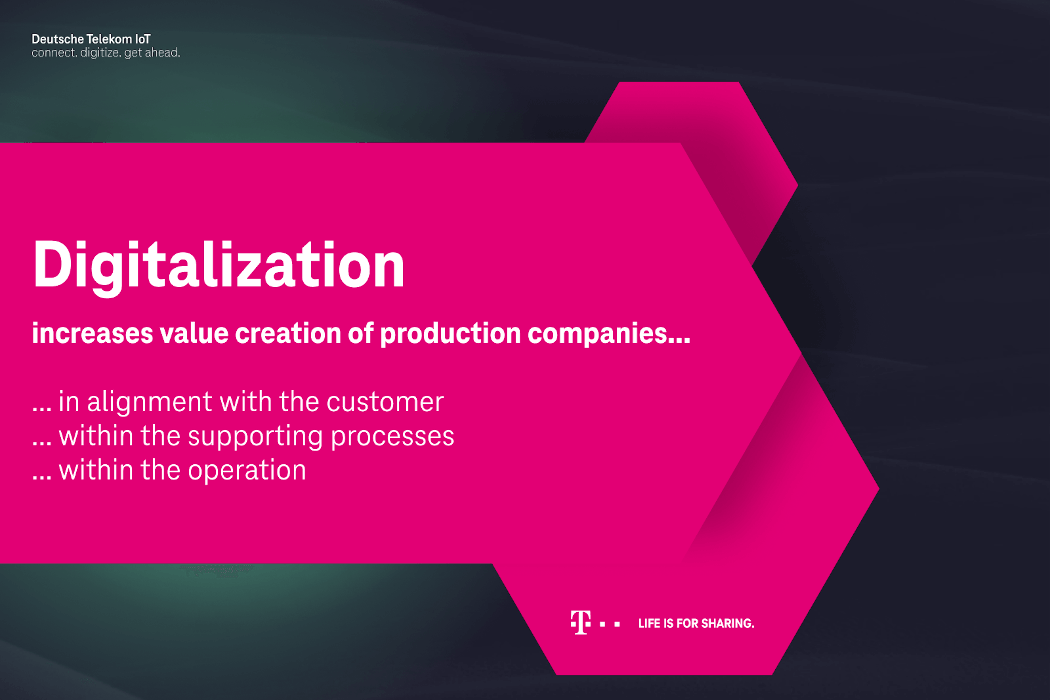How Digitization Improves Value Creation
27.09.2021 by Ümit Günes

The new Smarter Production trendbook shows how digitization optimizes value creation by production facilities in three central areas. Three SMBs demonstrate how to make a success of it.
On the German-Polish border, not 10 km from Frankfurt/Oder, sensor manufacturer SMB Fraba has set up a production facility. Right from its exterior the round, silver-colored building in Słubice, Poland, has a futuristic appearance that conveys an idea of what the interior of the connected factory looks like. The future of manufacturing is here a reality.





